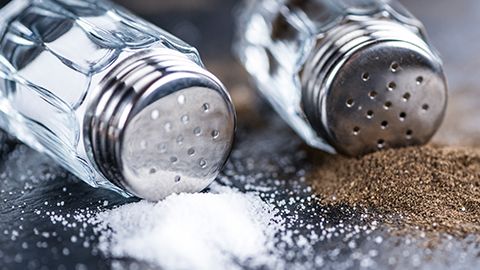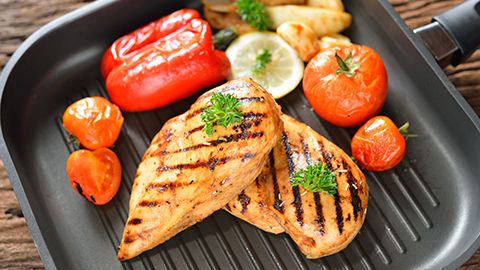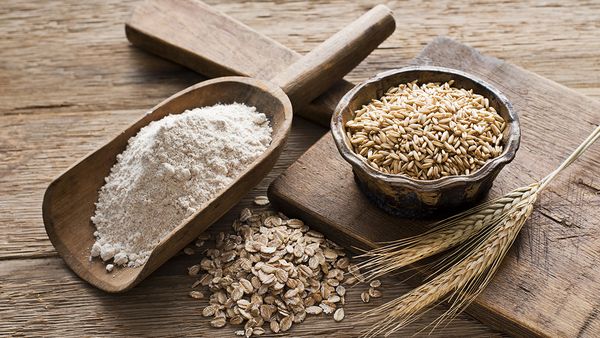A Comprehensive Guide to your Fridge’s Humidity Drawers

1. What are Humidity Drawers?
As warm air rises and cold air sinks, there is a constant cycle of air circulation inside the fridge. A humidity drawer is a special compartment that allows you to control its internal moisture level by restricting or allowing air exchange between the drawer and other regions of the fridge.
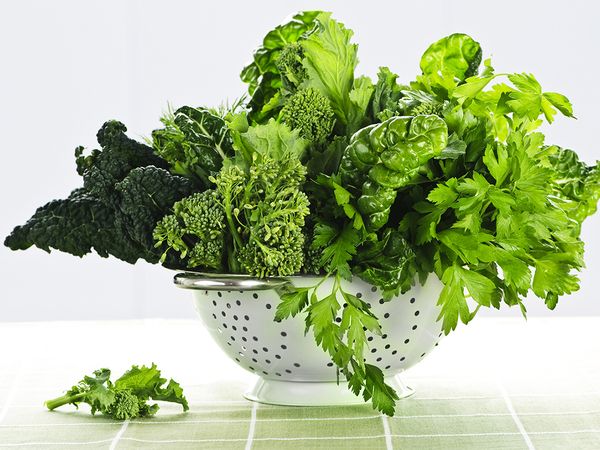
2. Using the high humidity setting
The high humidity setting is great for leafy green vegetables, which are susceptible to moisture loss, as there is a constant level of humidity in the drawer to reduce stress on the vegetables. This setting should also be applied when there are few fruits and vegetables stored in the drawer.
When the opening in the humidity drawer shelf is constricted to restrict air exchange, air and moisture are retained within the compartment. This helps fruits and vegetables stored inside to remain crisp, moist and fresh for a longer time.
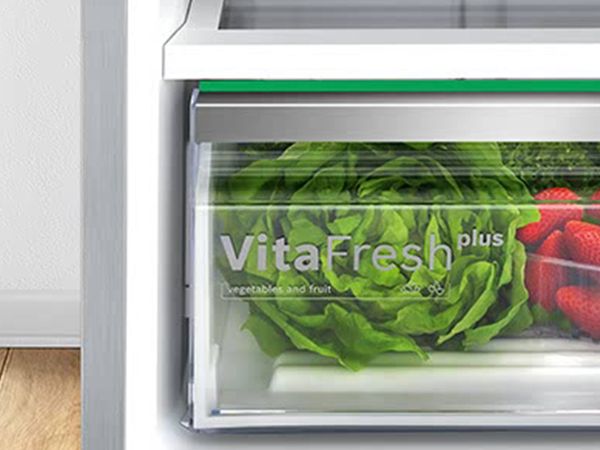
3. Use the dry setting
The dry setting should be used when there are many fruits and vegetables stored in the drawer, to prevent excess moisture from building up and hastening spoilage. When the opening in the humidity drawer shelf is enlarged to facilitate air exchange, air and moisture are able to escape out of the compartment.
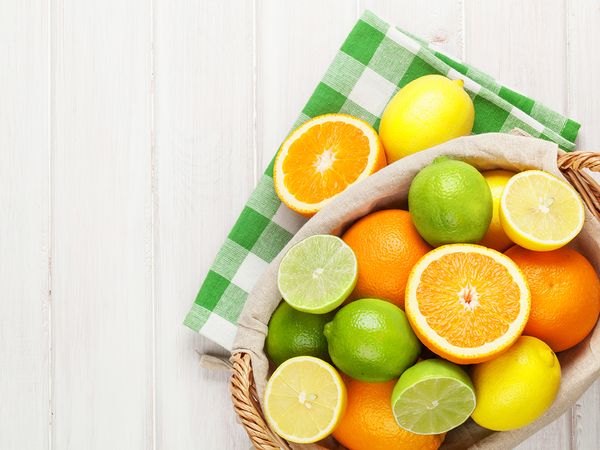
4. No matter the humidity, some fruits and vegetables should never be stored in the fridge!
Some tropical and subtropical fruits, as well as vegetables, are sensitive to cold conditions – keep these outside the refrigerator at temperatures of 8 – 12°C degrees for optimum preservation of quality and flavour.
Fruits: Pineapples, bananas, avocados, papayas, citrus fruit, mangoes and watermelons
Vegetables: Cucumbers, eggplants, capsicums, green beans, pumpkins, tomatoes and potatoes

